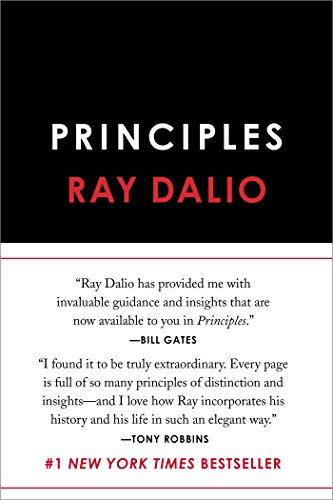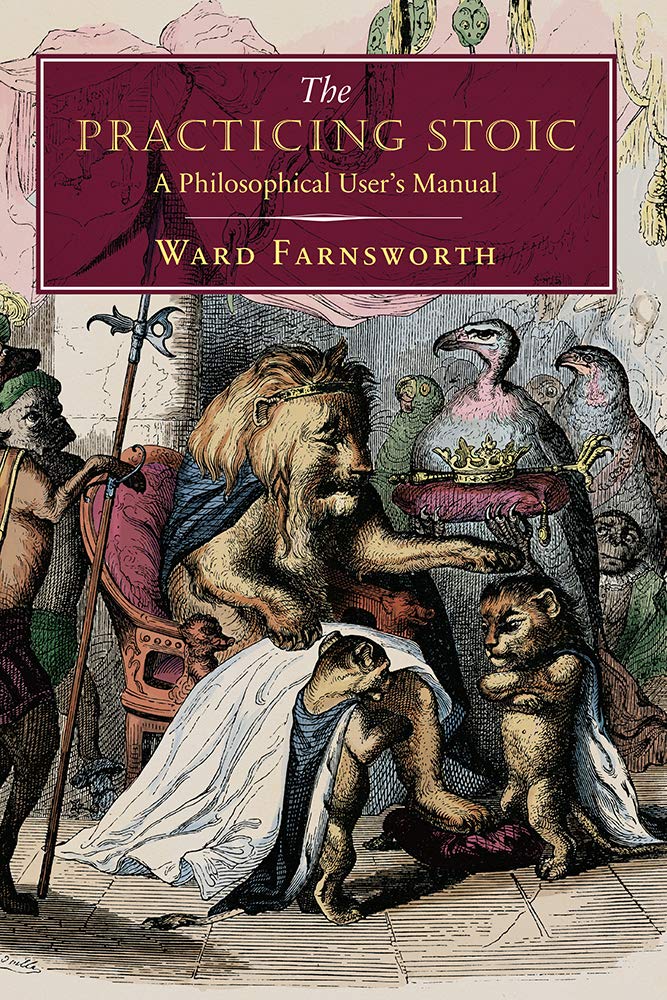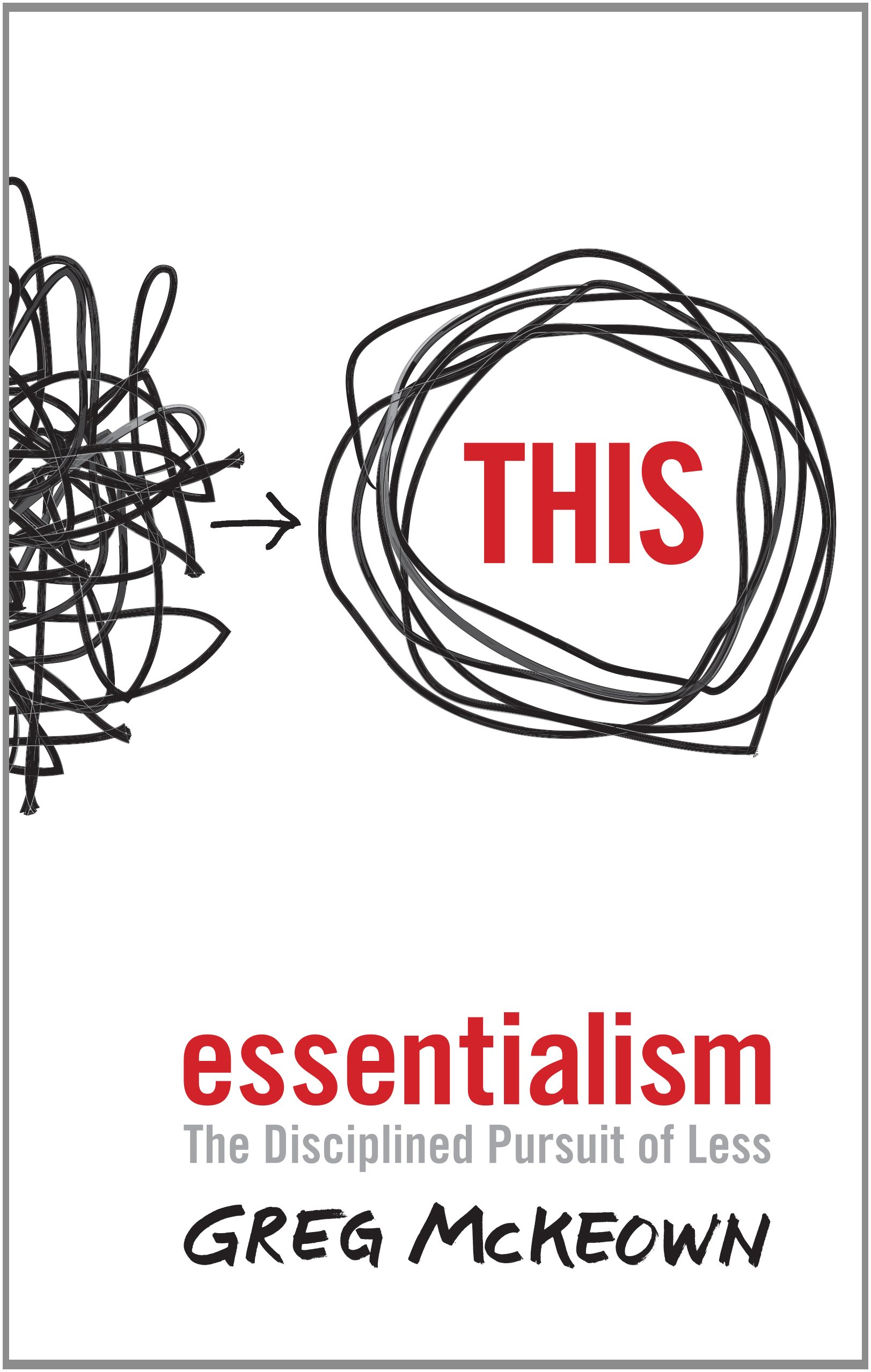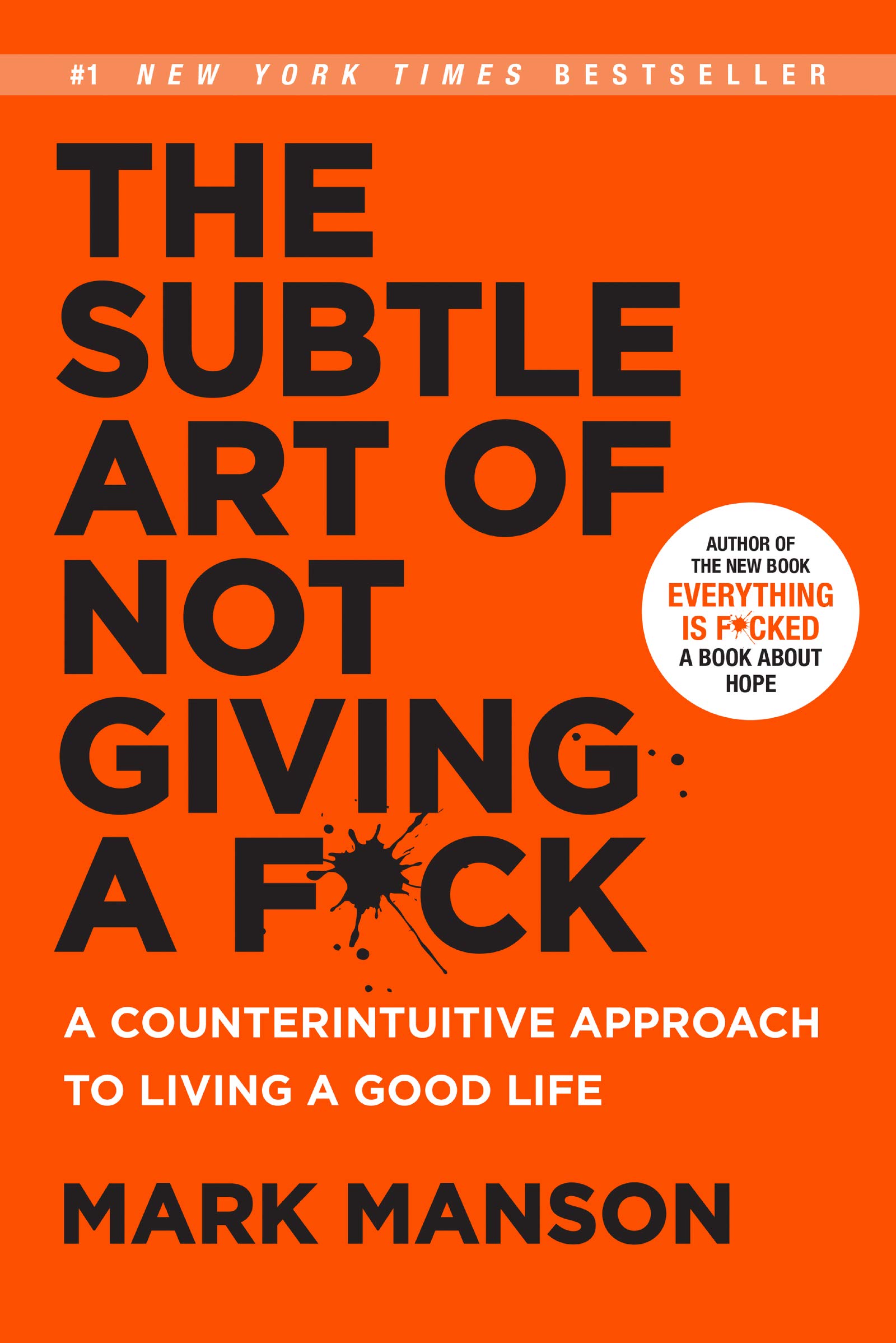Strive for meaningful work and meaningful relationships.
Principles by Ray Dalio is a very long book by the legendary hedge fund manager. The core concept is that if you can understand why you make decisions (i.e. the principles that underlie the decision making), and explicitly state them, you can simplify your subsequent decisions as you have a framework for making them. Constant revision, updating, and pruning of your principles is necessary as it comes to light whether the previous decisions you made were correct. Central to this paradigm is that situations repeat themselves and are rarely completely novel, therefore, for example, if you understand the previous 25 financial crashes then you will be prepared for the next.
The most fundamental principle is one of an ‘idea meritocracy’, such that the best ideas should win through, irrespective of who they come from. However, Dalio does not ignore who comes up with the ideas; each individual has a ‘believability weighting’, which is reflective of experience and track record. There are several follow-on components needed to facilitate this, including radical open-mindedness (e.g. you may be wrong or have not considered the best option) and radical truthfulness (e.g. to voice an objection).
The book is so long and broad that it touches on multiple points from across lots of disciplines within personal development, business management, habit formation, leadership, and psychology. [Consequently, my notes are quite long.]
Key points:
- The overall aim of an occupation is to do meaningful work and have meaningful relationships; if you can achieve both, you are on a course to fulfillment
- Study the past because previous events repeat (with respect to cause-effect) so what happens is unlikely to be totally new
- This may be easy to see in retrospect but hard in real time
- [This does seem to stand at odds with the writing of Taleb in regards to black swans.]
- ‘He who lives by the crystal ball is destined to eat ground glass’
- Embrace reality in all you do: part of this is being radically open-minded and transparent, which facilitates problem identification and learning
- Radical open-mindedness could be defined as a the ability to hold two opposing opinions simultaneously
- Major failures can give you humility and make you think ‘how do I know I’m right?’
- Find the smartest people who disagree with you and understand why
- Part of this is acknowledging your blind spots, which is fundamental to radical open-mindedness
- Must let go of your ego, particularly around looking good; instead be fanatical about getting to the truth and achieving your goals
- Habits allow conscious higher level to manage lower level emotional you, otherwise we react emotionally and impulsively
- Acknowledge that people are very different and part of being open-minded is to realise just how different they are to you
- An idea meritocracy involves the triangulation of the opinions of multiple believable people. Combine this with the above questions to ensure you know why you could be wrong.
- Believability = more weight on opinions of those who are more capable decision makers
- This would mean someone who has done something at least 3 times and can demonstrate solid logic behind cause-effect that led to the outcome each of those 3 times
- Try to construct your idea meritocracy of independent thinkers with audacious goals, then integrate their ideas using systematic decisions
- Be extremely careful if you decide to go against the believability weighted decision, and make sure you can articulate your logic as to why you disagree, and be mindful of your own believability
- Believability = more weight on opinions of those who are more capable decision makers
- When there are two things that need to be done which are seemingly at odds with each other, go slowly, there is usually a way to do it better with both outcomes (but it won’t be easy to identify how)
- He created baseball cards for attributes of staff (eg attention to detail), which were constantly updated
- The aim was to help people get assigned correct task and when working with someone for the first time, you can look up their ‘objective’ baseball card to find out what they will be like
- On making decisions:
- Base decisions on a ‘coded’ integration of: believability (of the individuals with opinions), your principles, expected probability of each outcome, weighted benefit of outcomes (don’t confuse with possibility)
- Need to have a deep understanding of the systems underlying the decisions
- On running an organisation:
- Have an ‘issue log’ where is it encouraged to write down mistakes, to reduce suppression of errors (as hiding them is usually more harmful than admitting upfront)
- Making errors is not a problem, but it is unforgivable to not learn from them
- Organisation can be thought of as a machine that does the work; like all machines it is dependent on its design and the people who operate it but don’t forget that people did the design and therefore it is the individuals in the organisation that determine everything
- Therefore, every issue to manage should involve testing and tweaking the people & design in order to improve the machine
- Never say something ‘behind someone’s back’, this is a critical part of integrity and don’t allow others in an organisation to do it either. This is key to maintaining radical truth & transparency
- Similarly, always put integrity over loyalty (i.e. put values over individual people), where integrity = consistent thoughts, feelings, actions, and words
- Always give more to others than you would expect to receive yourself, but don’t confuse fairness with generosity
- Focus on getting people to work well together, where they understand how each other are functioning (‘getting in sync’) and that their principles are aligned
- Think like an owner with substantial ‘skin in the game’ and get people who work for you to do the same
- So you can’t totally neglect responsibilities just because you’re on holiday
- Worry about the big problems and worry that there may be problems you haven’t discovered, therefore develop systems to quality check and actively search for issues
- Give people 2 min to convey their ideas in meetings (and prevent them from being interrupted)
- Ideal group size usually 3-5
- Governance is critical and often not considered in enough detail
- Everyone should be replaceable
- Know the lines of reporting and decision making
- Have an ‘issue log’ where is it encouraged to write down mistakes, to reduce suppression of errors (as hiding them is usually more harmful than admitting upfront)
- Ways to be radically open in an organisation:
- Video all management meetings (and let all employees see) to promote an idea meritocracy
- ‘Shaping’ leaders are those who change the way we think about things or make major impacts
- They often score low on ‘concern for others’ in psychometric testing because of putting greater weighting on achieving their goals over pleasing others
- Shaper = able to hold both big picture as well as detail; they have a grand vision but are also practical thinkers; and they are highly determined
- Both individuals and organisations often short-sightedly don’t consider the 2nd (or 3rd) order outcomes of actions
- For example, you may derive immediate enjoyment (direct outcome) from what you eat but need to consider its influence on your body long-term (2nd order outcome). [Clearly, this is a highly simplified example.]
- Obtaining specific goals leads to only a very temporary pleasure so success & happiness is best derived in the struggle
- Therefore, target constant improvement, rather than just reaching ‘excellence’
- [Again a relatively stoic teaching on not focusing on external outcomes that we cannot control, more so on the ‘input’ effort]
- Progress (both individual and organisational) is made when we seek out and then reflect upon what causes us pain
- 5 steps for goal-setting and achievement:
- 1. Set goals, 2. Identify and don’t tolerate problems, 3. Diagnose the problems, 4. Design solutions to the problems, 5. Enact the solutions and continue progression
- When setting goals, don’t try to think about how you will achieve them. Separate out the mental processes of first goal setting, then planning the actions needed.
- First be clear on your values, then align goals to them
- Apply logical subordinate targets & concepts in order to achieve the above (e.g. want meaningful work -> want to be a doctor -> need to go medical school -> need to study tonight to get the necessary grades)
- Rather than trying to change yoru (or organisation’s) weaknesses, it is faster and easier to acknowledge them, then make specific safeguards against them
- On hiring & people:
- Make sure that the person fits what you need and put greatest emphasis on their values > abilities > skills
- But hire with a long-term partnership in mind (not just them doing the first job they go into)
- People don’t tend to change that much so carefully consider track records and check references
- Pay for people, rather than the specific job, and always compensate ‘north of fair’
- Excellent people are difficult to keep so have a plan for how to retain them
- Give accurate (not simply kind) feedback, including learning from successes
- Remember that, when evaluating someone, everyone feels that what they are doing is extremely important
- Do it with ‘tough love’
- Collect data on people’s performance then assess by fair synthesis with appropriate weight on each observations
- The person getting feedback need to appreciate how hard it is to give feedback well
- Evaluate employees as you would approach a hire
- It should take <1 year to assess whether someone is a good fit for their post, but may take 12-18 months for an individual to understand the culture of an organisation
- Train people and provide suitable safety nets (‘guardrail’) but don’t rehabilitate them if they are failing they should be removed from the organisation
- If people can’t do a job after an appropriate amount of training: get rid of them
- In teams, try not to ignore big important similarities and focus on problems; try to feel lucky to have generally excellent relationships
- Group cohesion is more important than your individual opinion about a decision that has been made by the team
- [Reminiscent of “It is better to be happy together than (technically) correct”]
- Make sure that the person fits what you need and put greatest emphasis on their values > abilities > skills
- Don’t forget that everyone always has too much to do
- At the resolution of almost all disagreements, both parties don’t end up equally happy
- On assessing and managing problems:
- When you encounter a problem, don’t just use the data you have to assess it: determine most important question to address, then the data needed to answer it
- Ask yourself: If you fixed a certain attribute of the system, would that prevent the problem or would it happen again?
- Never forget to look to see if problems are symptomatic of a pattern, don’t just take every case individually
- The solutions to problems always involves answering “Who should do what differently?” because all systems come from people
- Consider if problems are capability or capacity issues
- Don’t be put off by the fact that it’ll take twice a long to change the organisation/system (‘machine’) to prevent the problem happening again than it would to just ‘fix’ the problem
Suggested action points:
- Write down your principles.
- Write down your decision making processes in format of algorithms. Could you test them against historical data?
- Watch Dalio’s “How the economic machine works” video
- What is your one, biggest weakness/impediment to the 5 step process? And why? Then how could you remove or get around it?
He is certainly not one to suffer fools gladly. If someone were unable to fulfil (apparently reasonable) expectations put on them they would be given training/support and if still unable to meet demands, then fired. The way this is written sounds very different to my experiences in the NHS where there is much more opportunity for re-training.
More books like this:
- The hard thing about hard things by Ben Horowitz
- Creativity Inc. by Ed Catmull and Amy Wallace
Useful links:
- Dalio’s website
- Here are one, two, and three further summaries/reflections on this book for comparison




